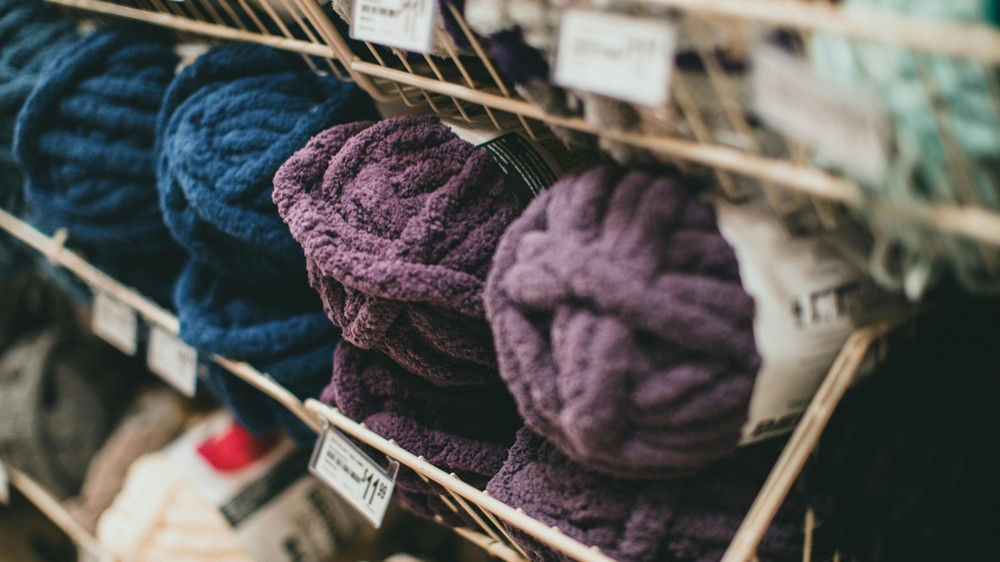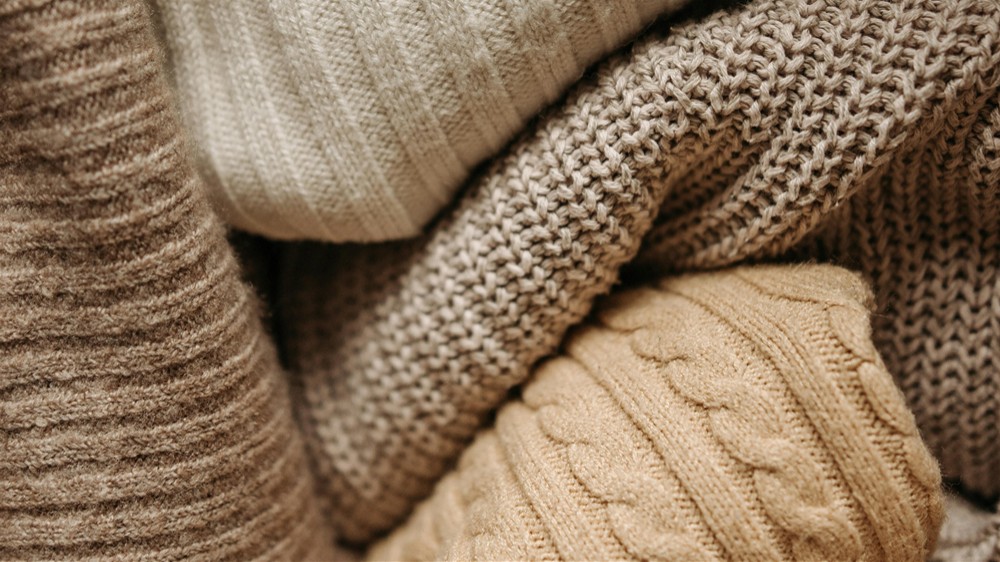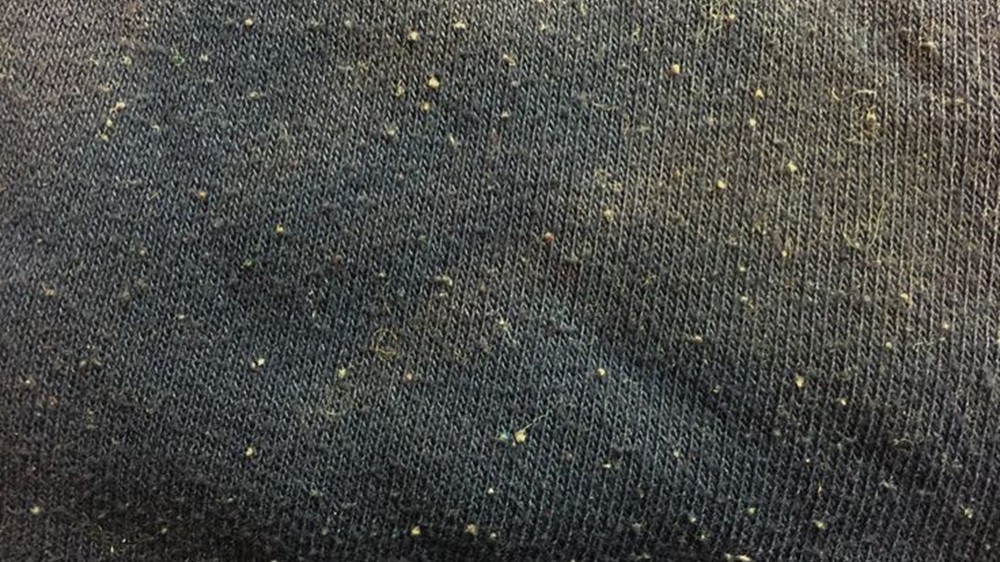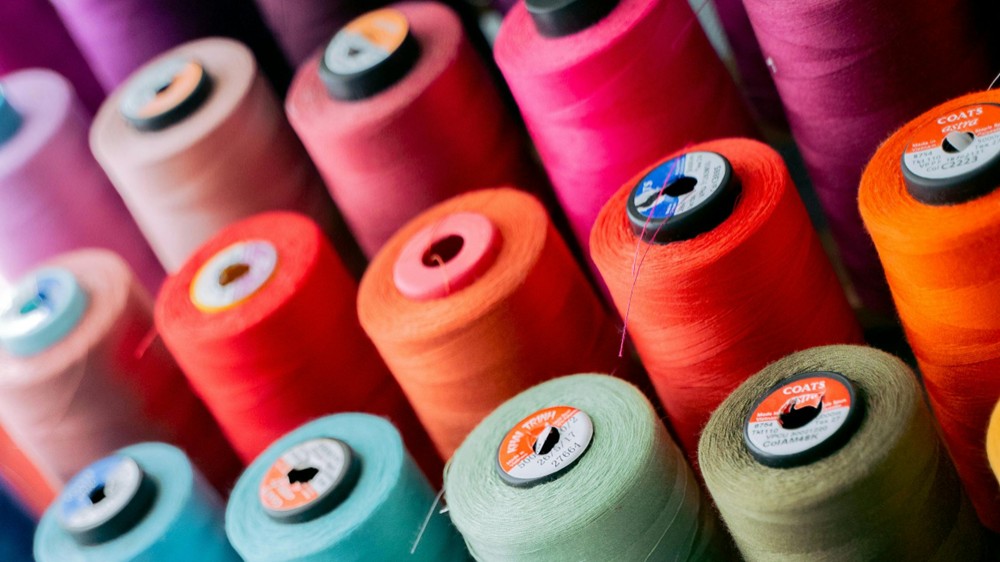Does Acrylic Fabric Shrink? Some Things You Don't Know about Acrylic Fabric!
You’ve probably noticed acrylic fabric popping up everywhere—scarves, sweaters, even some coats. Some people love it because it’s warm and budget-friendly, while others can’t stand how it feels. A friend of mine is firmly in the second camp—she won’t even touch an acrylic sweater, swearing it feels plasticky and stiff. I never gave it much thought until she pointed it out, and then I started wondering: what’s the real deal with this fabric?
The Upsides of Acrylic Fabric
Keeps You Warm
Acrylic is often compared to wool because it’s great at trapping heat. That’s why you’ll find it in winter gear like scarves and sweaters. I’ve worn my fair share of acrylic pieces in freezing weather, and they definitely help keep the cold out. Brands use it because it’s much cheaper to produce than natural fibers, but it still delivers on warmth. That’s part of the reason it’s so common in fast fashion.
(PIC From PIN)

Resistant to Shrinking
One thing I’ve noticed about acrylic is how well it holds its shape. Unlike wool, which can shrink or stretch if you’re not careful, acrylic doesn’t really change much after washing. Curious about why, I did some research and found that acrylic fibers don’t absorb much water, which helps them maintain their structure. Plus, they can withstand temperatures up to around 150°C, so you don’t have to stress too much about tossing them in the dryer. I’ve washed my acrylic sweaters plenty of times, and they always come out looking the same.
(PIC From PIN)

Where Acrylic Falls Short
Not So Green
Here’s the kicker: a lot of people, me included now, ditch acrylic because it’s rough on the planet. It comes from fossil fuels, cooked up through this process called polymerization that guzzles non-renewable stuff and pumps out climate-changing junk, according to Conserve Energy Future (Environmental Impact of Acrylic Fabric). The making of it involves a mess of chemicals, and once it’s done, it doesn’t break down—takes 200 years to rot, leaking toxins into soil and water, says the same folks. Knowing that hit me hard, so I’ve been hunting for greener options ever since. Our website’s all about that eco-life, pushing for clothes that don’t trash the earth.
(PIC From PIN)

Pillings Like Crazy
Acrylic’s got this annoying habit of pilling—those little fuzz balls show up fast, especially where it rubs a lot. The texture goes downhill quick. I had this one sweater, super cheap, but after three wears, it looked like it’d been through a war. Economical? Nah, not when it’s toast so soon. People buy these things, wear them a bit, then chuck ‘em—makes the eco problem worse, if you ask me.
(PIC From PIN)

No Air, No Thanks
Sure, acrylic keeps you warm, but it’s because it’s airtight—your skin can’t catch a breath. That’s a no-go for me, even in winter here in the States. I wore an acrylic sweater for a week once, and bam—rashes all over. Turns out, its main ingredient, acrylonitrile, isn’t just bad at breathing; it’s a carcinogen that can soak into your skin, warns Impactful Ninja (How Sustainable Are Acrylic Fabrics?). I’m not here for clothes that mess with my health and the planet.
(PIC From PIN)

My Take on It
I’m all in on saving the environment these days. After I bought some acrylic gear and clocked how bad it is for nature, I swore it off for good. But if you’re still into it—or if you’ve got some at home you wanna ditch—don’t just toss it. I’ve turned pilled-up pieces into cushions with a bit of TLC, or you could pass them on to someone who needs ‘em. Cuts down the harm, you know? For more on this, peek at Eco-Stylist (A Guide to the Most and Least Sustainable Fabrics)—they’ve got the goods, and we’re hoping to team up with sites like that to boost our cred.
(PIC From PIN)

Wanna keep up with fabric talk? PLASE Check our website . Got a different take? Drop me a line. Thanks for hanging out—catch you next time!

